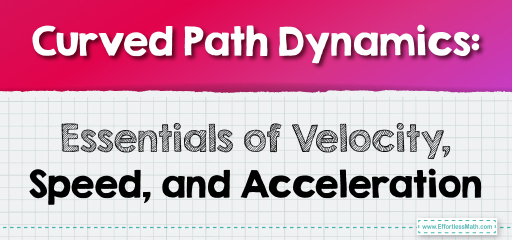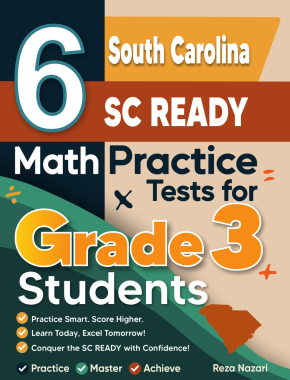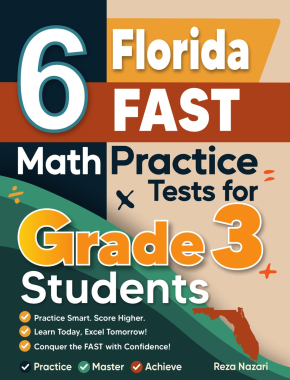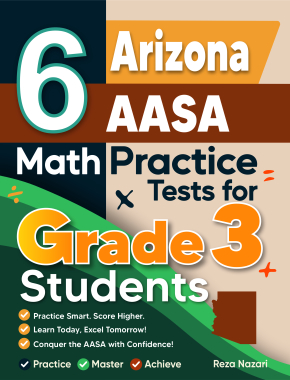Curved Path Dynamics: Essentials of Velocity, Speed, and Acceleration
Velocity along a curve is the derivative of a position vector function \(\mathbf{r}(t)\), providing direction and magnitude. Speed is the scalar magnitude of velocity, calculated as \(|\mathbf{r}'(t)|\). Acceleration is the derivative of velocity, \(\mathbf{r}”(t)\), indicating changes in velocity’s direction or speed. In curved motion, acceleration has tangential (speed changes) and normal (directional changes) components. These concepts are crucial for understanding motion along paths in physics and engineering, where curves represent real-world trajectories and forces.

Velocity, speed, and acceleration along a curve involve essential calculus concepts. For a position vector \(\mathbf{r}(t)\), velocity is the derivative \(\mathbf{r}'(t)\), giving both the direction and rate of movement along the curve. Speed, the scalar magnitude of velocity, is calculated as \(|\mathbf{r}'(t)|\) and indicates how fast an object moves without reference to direction. Acceleration, found by taking the derivative of velocity, \(\mathbf{r}”(t)\), shows changes in the object’s velocity, capturing variations in both speed and direction along the curve. For curved paths, acceleration breaks down into tangential and normal components. The tangential component, given by \(\frac{d|\mathbf{r}'(t)|}{dt}\), affects speed, while the normal component, \(\kappa |\mathbf{r}'(t)|^2\), where (\kappa) is the curvature, influences directional changes. Together, these elements describe motion dynamics on curved paths, crucial for analyzing complex trajectories in physics, engineering, and robotics.
Consider the position vector \(\mathbf{r}(t) = (t, t^2)\), representing a particle’s path along a curve.
- Velocity: \(\mathbf{r}'(t) = (1, 2t)\) shows the direction and rate of movement.
- Speed: \(|\mathbf{r}'(t)| = \sqrt{1 + 4t^2}\), indicating how fast the particle moves at any time (t).
- Acceleration: \(\mathbf{r}”(t) = (0, 2)\), showing a constant rate of change in the vertical direction, affecting the curve’s shape.
This example demonstrates how velocity, speed, and acceleration describe movement along a curved path.
Frequently Asked Questions
How do I help my child prepare for the math test?
To help your child prepare for their math test, especially if it involves understanding concepts like velocity, speed, and acceleration along curved paths, start by reinforcing their foundational math skills. Using resources like Worksheets can provide practice problems that help them grasp the basics of these complex topics. Additionally, consider exploring engaging educational materials that make learning fun and effective, such as the Top 10 Grade 3 Math Books Inspiring Young Mathematicians To Explore. These books can inspire enthusiasm and a deeper understanding of math, setting a solid foundation for more advanced concepts like those discussed in curved path dynamics.
What math skills should my 3rd grader know?
For a 3rd grader, essential math skills include mastering basic arithmetic (addition, subtraction, multiplication, and division), understanding place values, and beginning to explore fractions and simple geometry. These foundational skills prepare students for more complex concepts, such as those discussed in the context of curved path dynamics in higher grades, where understanding changes in motion and forces becomes critical. To support your child’s learning and make math fun and engaging, consider exploring our curated list of the Top 10 Grade 3 Math Books Inspiring Young Mathematicians To Explore. Additionally, using various Worksheets can provide valuable practice that reinforces these crucial skills.
What score do you need to pass the math test?
The score needed to pass a math test can vary widely depending on the specific test, the educational system, and the grade level of the student. Generally, a passing score is typically around 60-70%, but it’s important to consult the specific guidelines provided by the test or educational authority. To help your child excel in their math tests, consider engaging with resources that build a strong foundation in mathematics. For younger students, exploring Top 10 Grade 3 Math Books Inspiring Young Mathematicians To Explore can be very beneficial. Additionally, regular practice using Worksheets tailored to their grade level can significantly enhance their understanding and performance in math.
Related to This Article
More math articles
- Let’s Chat: How to Simplify the Steps to Solve Two-step Equations
- Word Problems Involving Rates and Ratios
- How to Write Polynomials in Standard Form? (+FREE Worksheet!)
- How to Solve Function Notation? (+FREE Worksheet!)
- Top 10 Tips to Overcome AFOQT Math Anxiety
- How to Solve Logarithmic Equations? (+FREE Worksheet!)
- Top 10 Free Websites for PSAT / NMSQT Math Preparation
- How to Use Models to Multiply Two Fractions?
- A Comprehensive Collection of Free HSPT Math Practice Tests
- How to Understand Decimals Conveyed in Words




















What people say about "Curved Path Dynamics: Essentials of Velocity, Speed, and Acceleration - Effortless Math: We Help Students Learn to LOVE Mathematics"?
No one replied yet.